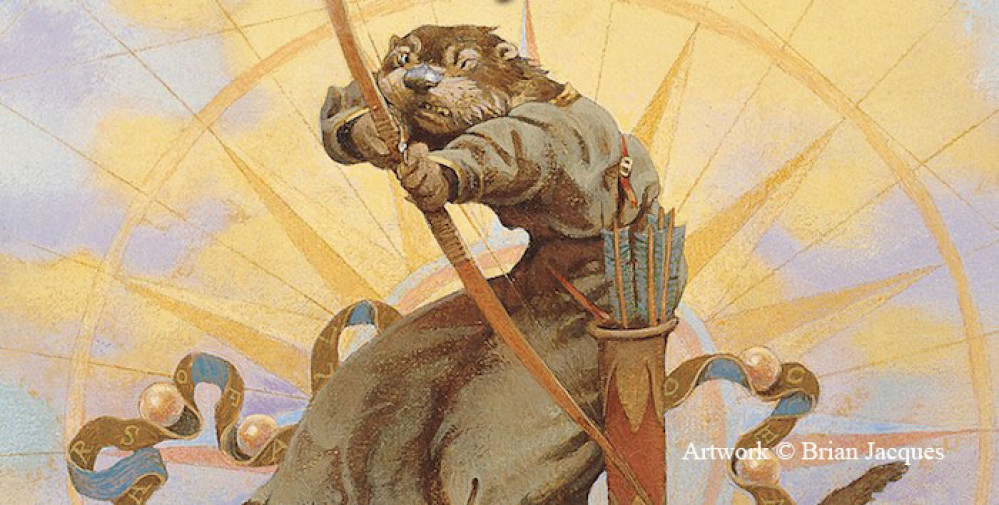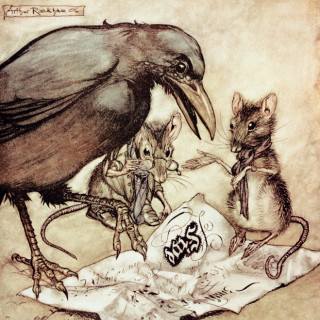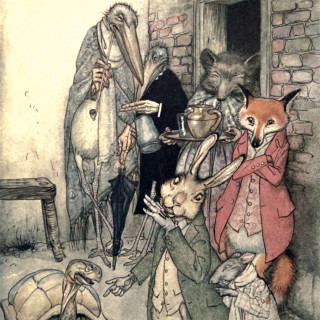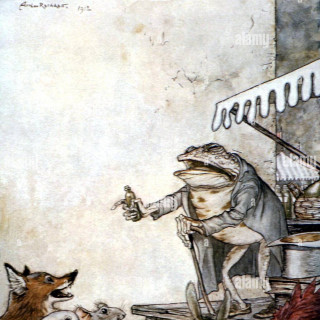
The War in the Willows - spring clean challenge 2024
Arthur Rackham
Arthur Rackham RWS (19 September 1867 – 6 September 1939) was an English book illustrator. He is recognised as one of the leading figures during the Golden Age of British book illustration. His work is noted for its robust pen and ink drawings, which were combined with the use of watercolour, a technique he developed due to his background as a journalistic illustrator.
Rackham’s illustrations were chiefly based on robust pen and India ink drawings. Rackham gradually perfected his own uniquely expressive line from his background in journalistic illustration, paired with subtle use of watercolour, a technique which he was able to exploit due to technological developments in photographic reproduction. With this development, Rackham’s illustrations no longer needed an engraver (lacking Rackham’s talent) to cut clean lines on a wood or metal plate for printing because the artist merely had his works photographed and mechanically reproduced.
Rackham would first lightly block in shapes and details of the drawing with a soft pencil, for the more elaborate colour plates often utilising one of a small selection of compositional devices. Over this, he would then carefully work in lines of pen and India ink, removing the pencil traces after the drawing had begun to take form. For colour pictures, Rackham preferred the 3-colour process or trichromatic printing, which reproduced the delicate half-tones of photography through letterpress printing. He would begin painting by building up multiple thin washes of watercolour creating translucent tints. One of the disadvantages of the 3-colour (later 4-colour) printing process in the early years was that definition could be lost in the final print. Rackham would sometimes compensate for this by over-inking his drawings once more after painting. He would also go on to expand the use of silhouette cuts in illustration work, particularly in the period after the First World War, as exemplified by his Sleeping Beauty and Cinderella.
Typically, Rackham contributed both colour and monotone illustrations towards the works incorporating his images – and in the case of Hawthorne’s Wonder Book, he also provided a number of part-coloured block images similar in style to Meiji era Japanese woodblocks.
Rackham’s work is often described as a fusion of a northern European ‘Nordic’ style strongly influenced by the Japanese woodblock tradition of the early 19th century.
-Sourse Wikipedia













































































Leave a Reply